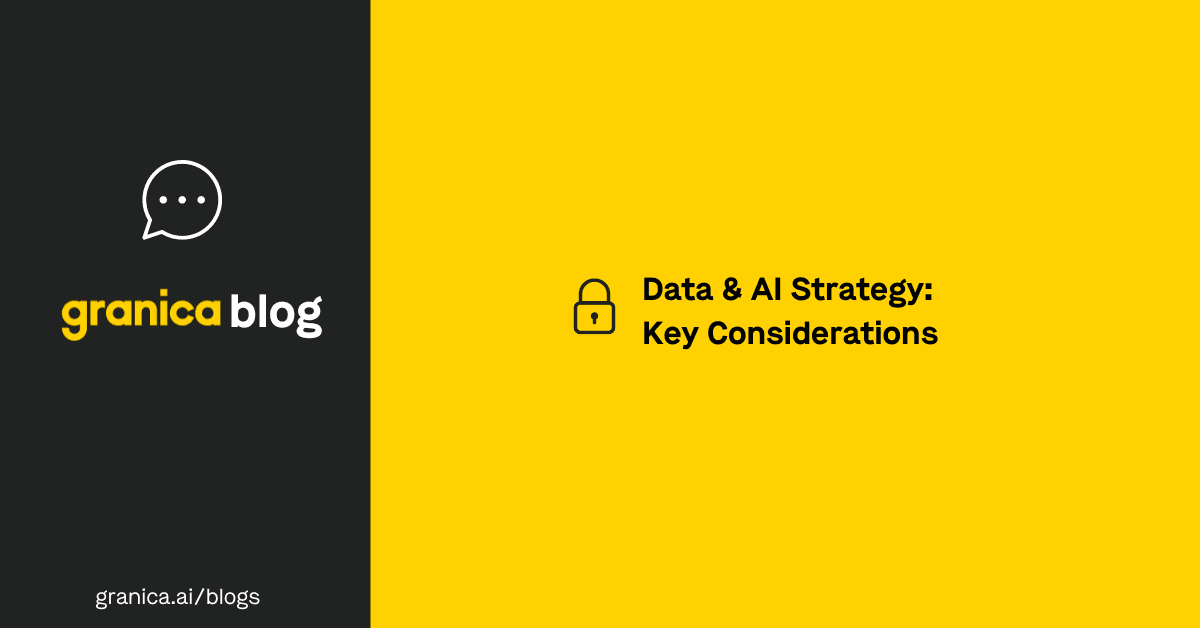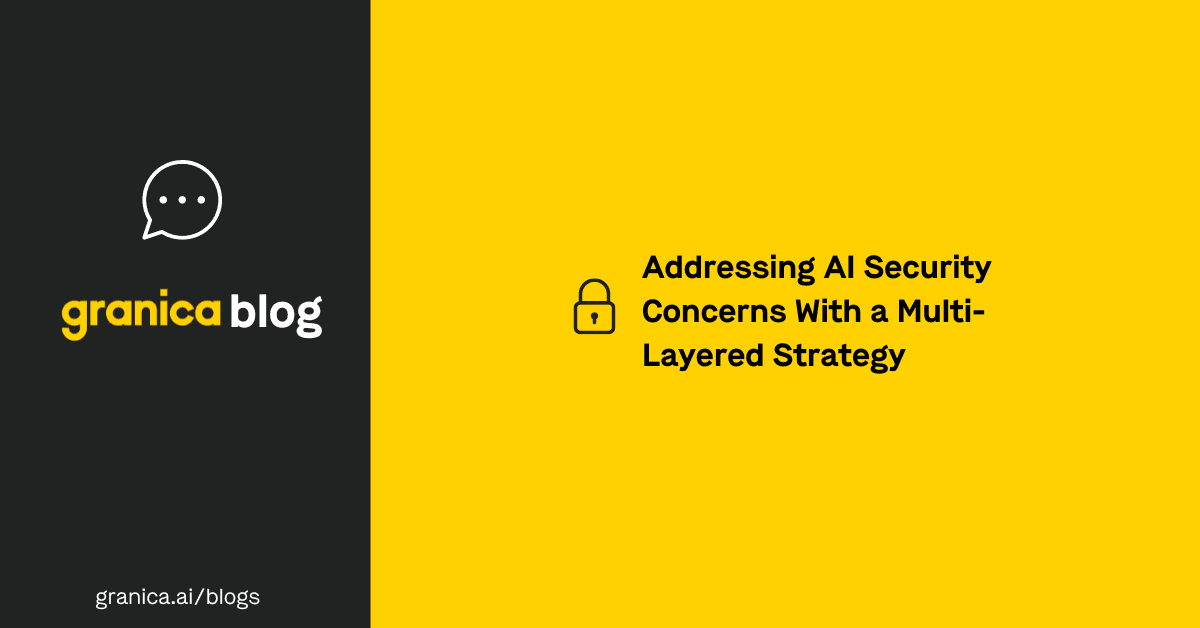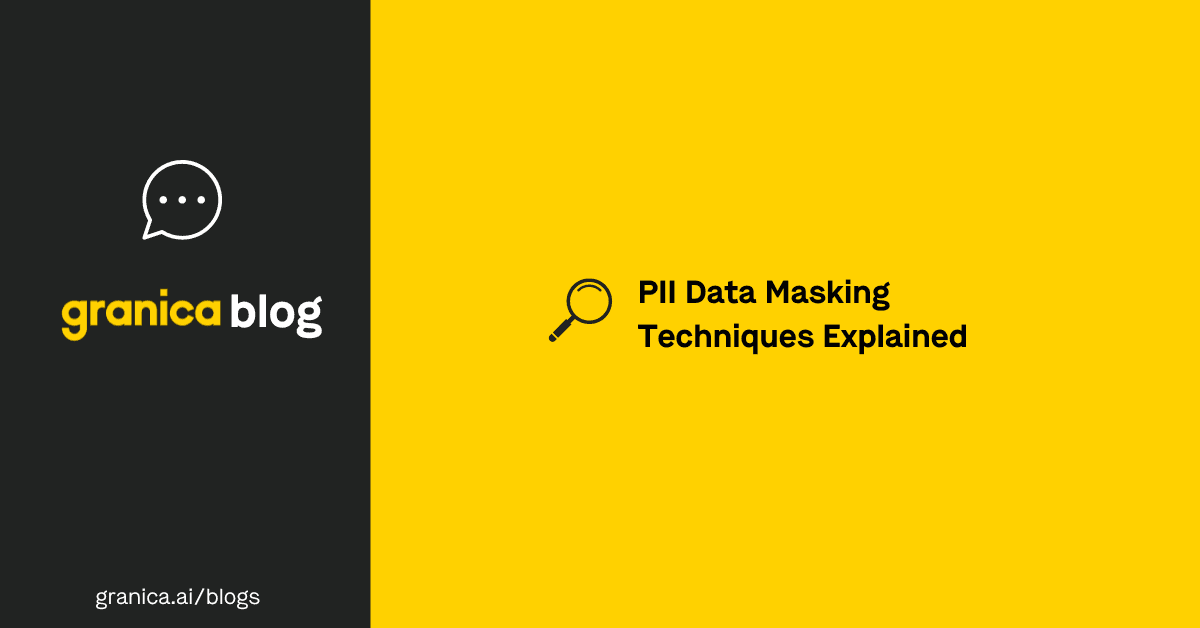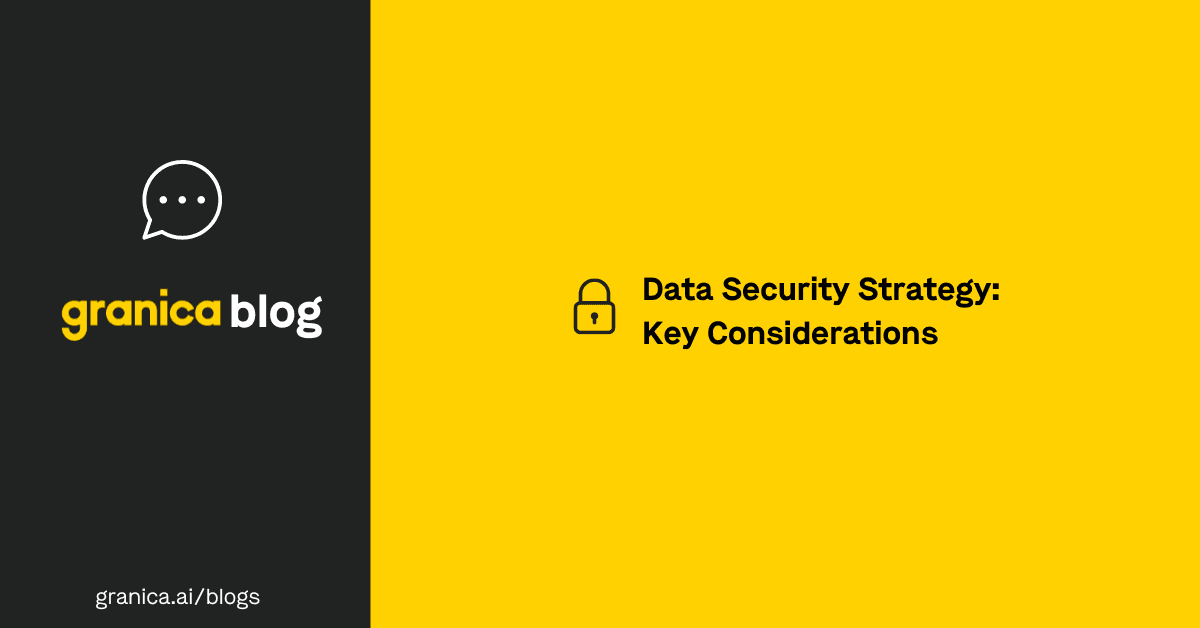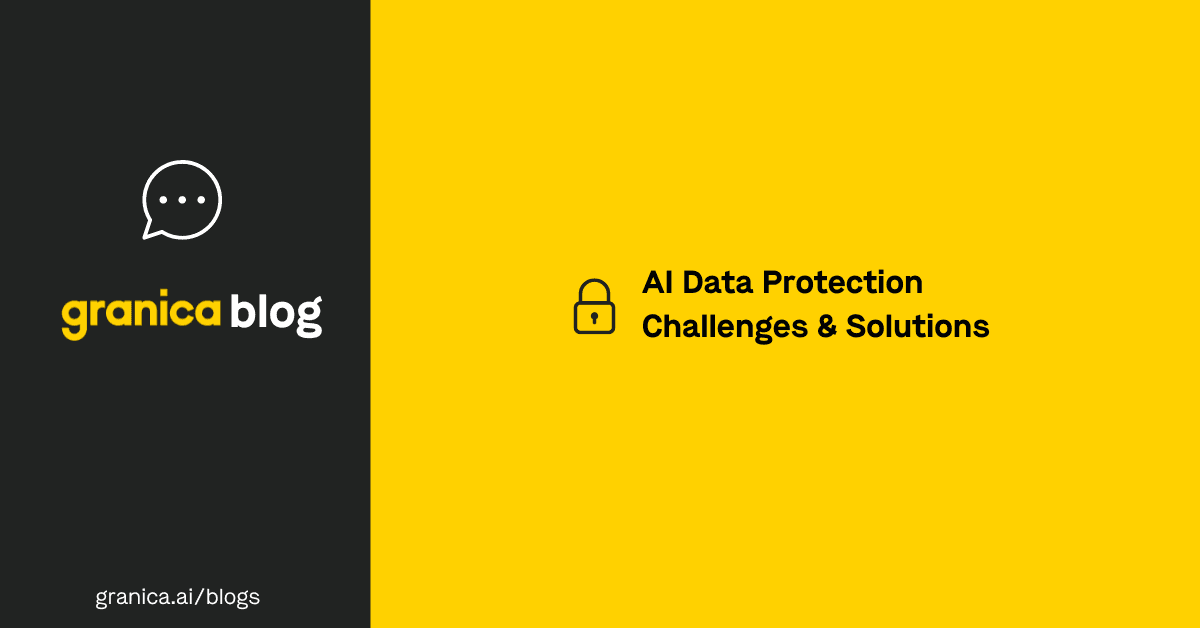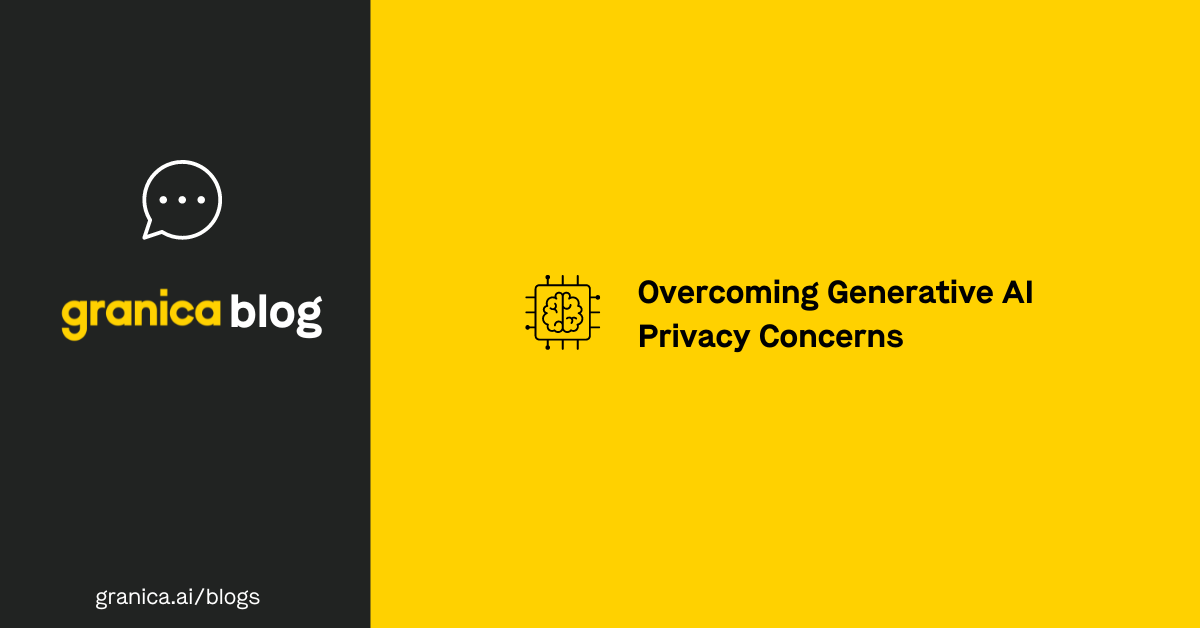
Overcoming Generative AI Privacy Concerns
Generative AI, or genAI, raises significant privacy concerns for organizations because of the sheer volume of data ingested during training and in user prompts. Large language models (LLM) may accidentally reveal sensitive information in outputs to other users, and targeted AI attacks can deliberately expose private data. In addition, malicious actors often use generative AI in the form of doctored images, videos, and text to violate personal privacy.
Regulatory bodies like the EU’s European Data Protection Supervisor (EDPS) are developing laws and standards to protect consumers from AI privacy violations. As an example, such directives could prevent Meta (even if only temporarily) from using Facebook and Instagram posts by European users to train its AI engine.
Noncompliance with privacy regulations can cause significant financial and reputational damage, and remediation efforts can be highly disruptive to business operations. In addition, as AI inaccuracies, deepfakes, and breaches continue to make headlines, companies can’t afford the negative press of violating their users’ privacy.
This blog describes some of the biggest generative AI privacy concerns before offering businesses advice on navigating these challenges to enable safer, more ethical genAI usage.
Four generative AI privacy concerns
Four major privacy concerns related to generative AI usage include:
1. Public profile scraping
As the Meta case mentioned above highlights, many organizations train genAI models by scraping content from public user posts on social media platforms, as well as product review sites, web forums, and other freely accessible sources on the Internet.
While EU consumers have a unified protective legal framework, those in the US and many other countries do not. However, any personally identifiable information (PII) that US-based users inadvertently reveal online could be ingested by genAI models, potentially violating HIPAA or other privacy regulations. In addition, many US states are adopting AI-related laws on an individual basis, creating complications for companies with national or global user bases. Click here for a list of current AI data privacy laws
2. Private data in LLM prompts
Users frequently include sensitive information in their generative AI prompts without realizing it, elevating the risk of data leaks from targeted attacks or in responses to other user prompts.
If, for example, an employee prompts a genAI tool to create a marketing report of customer demographics containing PII, that information could be exposed to users at another company when they prompt the same LLM for demographic research.

A recent survey of UK businesses revealed that 20% experienced data breaches from staff using AI tools. Such an elevated risk has prompted many companies to limit or ban genAI usage outright to safeguard data privacy.
3. “Deepfakes” and other manipulated content
Generative AI’s ability to mimic voices, seamlessly superimpose someone’s face on another person’s body, and create completely fabricated – but highly realistic content – pose significant personal privacy threats.
While one of the most high-profile examples targeted Taylor Swift in January 2024, the same “deepfake” technology has been weaponized against non-celebrities with increasing frequency for revenge, identity theft, and extortion. GenAI’s deepfake capabilities continue to grow and become harder to detect, even as the AI industry increases efforts to develop better tools to spot AI-generated content.
4. Targeted AI attacks
An increase in cyberattacks that specifically target LLMs, DSML (data science and machine learning) platforms, and other genAI tools poses another major generative AI privacy concern. Attackers target generative AI models because they contain vast amounts of data. Like sifting through a riverbed to find specks of gold, attackers direct their efforts at large volumes of LLM data to find sensitive or otherwise valuable information.
Common AI attack methods include poisoning, inference, linkage, prompt injection, and infrastructure attacks. Read more about these threats in our discussion of genAI data security risks.
Navigating genAI privacy concerns
The following technologies and best practices can help mitigate generative AI privacy risks while allowing companies to innovate safely with artificial intelligence.
Generative AI Privacy Best Practices
| Best Practice | Description |
|---|---|
| Usage policies and training | Create comprehensive policies explaining what employees can and can’t include in LLM prompts, and regularly reinforce those policies with hands-on training. |
| PII data discovery and masking | Software automatically identifies and removes sensitive information in AI training data and prompts or replaces it with realistic synthetic data to improve model accuracy while mitigating risk |
| Digital watermarking | Add a digital watermark to photos, videos, and other content to make it easy to identify in case it’s used in generative AI outputs or deepfakes. |
| AI firewalls | Employ privacy solutions that continuously monitor genAI inputs and outputs for signs of manipulation, breach, or sensitive data leaks. |
For more information on how to overcome AI privacy and security risks, download our Security Whitepaper.
Creating a safe way forward for generative AI
Although the AI privacy landscape is challenging, addressing these concerns with strong policies and AI-specific privacy tools allows companies to innovate safely with genAI.
For example, Granica Screen is a data privacy service that finds and masks sensitive information in cloud data lakes for use in model training and in LLM prompts/outputs at inference time. Screen offers real-time PII detection with extremely high accuracy, masking sensitive information with realistic synthetic data before prompts are passed to the genAI model. As part of a comprehensive generative AI privacy strategy, Granica Screen enables safe and ethical LLM usage for improved business outcomes.
Request a demo to see Granica Screen’s real-time generative AI privacy capabilities in action.


